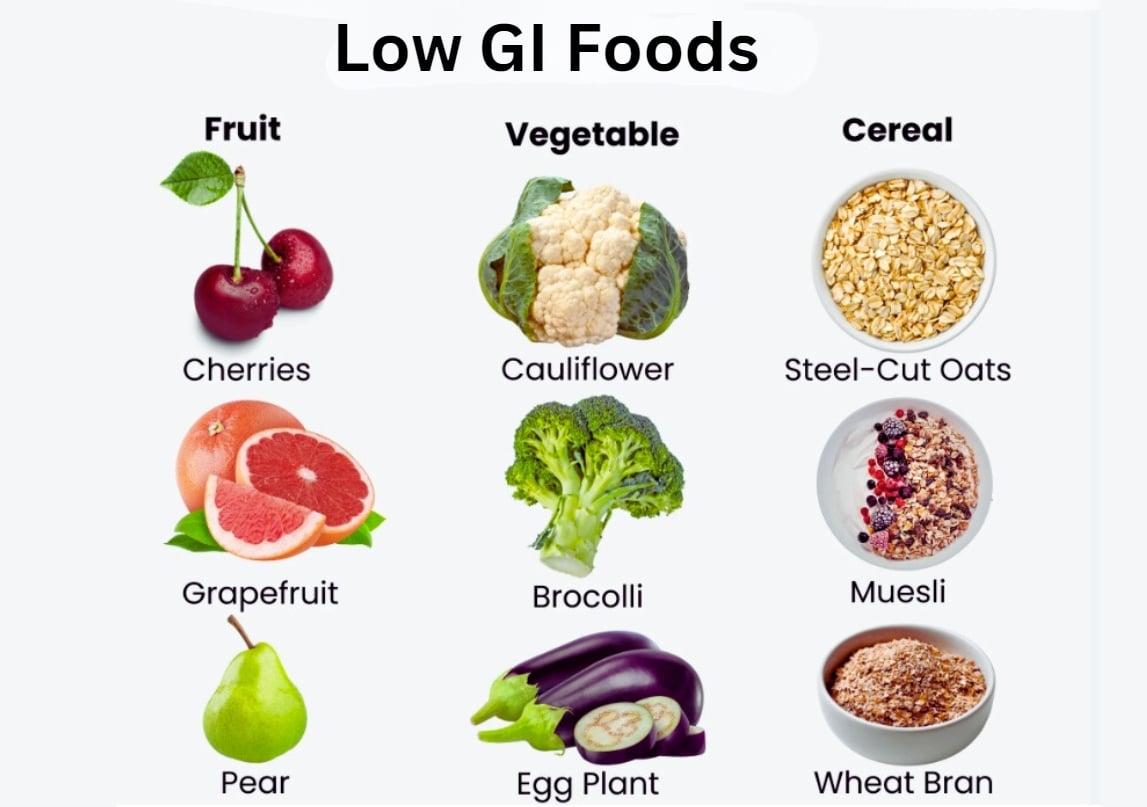Key facts About Glycemic Index and Load
The glycemic index (GI) is a measure of the quality of carbohydrates in food, based on how quickly they raise blood glucose levels. It was first proposed by Prof. David Jenkins of the University of Toronto in 1981. Foods are classified as low GI (less than 55), medium GI (56-69), and high GI (over 70), with glucose or white bread used as the reference (GI=100). Glycemic load (GL) is determined by multiplying the GI by the amount of carbohydrate consumed.
Glycemic index (GI) and Glycemic load (GL) in Diet
- Many nutritionists believe in the deleterious effects of high GI diets and the benefits of low GI diets.
- Some argue that focusing solely on GI is too simplistic, as it ignores the quality of other macronutrients like protein and fat.
- However, there is growing evidence supporting the importance of GI and GL in diets.
Link between High GI/GL Diets and Type 2 Diabetes
- The link between high GI and GL diets and the risk of type 2 diabetes has been clearly established.
- Consuming diets with a high GI leads to rapid spikes in blood glucose levels, which can contribute to insulin resistance and the development of type 2 diabetes over time.
Association with Cardiovascular Disease and Mortality
- The Prospective Urban Rural Epidemiology (PURE) study, involving 137,851 participants from 20 countries (including India), found an association between high GI diets and cardiovascular disease.
- The study, published in the New England Journal of Medicine in 2021, reported that high GI diets were associated with major cardiovascular events, including deaths, across all ethnicities.
- This finding highlighted the importance of GI beyond diabetes, as it was not previously known to have such a significant impact on cardiovascular health.
Relevance to India and South Asia
- The findings are particularly relevant to India and South Asia, where high GI carbohydrates like white rice and wheat form the bulk of calories, leading to very high GL diets.
- Efforts should be made to reduce the GI and GL of diets in these regions to help prevent and control diabetes and reduce the incidence of premature cardiovascular disease.
Examples of Low and High GI Foods
- Low GI foods include brown rice, steel-cut oats, legumes, pulses, beans, fruits like apples and guavas, vegetables like spinach, lettuce, brinjal, broccoli, tomatoes, paneer, soya, nuts, and seeds.
- High GI foods include sugar, sweets, white rice, maida, potatoes, white bread, sweetened drinks, jaggery, cornflakes, and cookies.
- Replacing high GI “bad” carbohydrates with low GI “good” carbohydrates, along with adequate physical activity, could help curb the growing incidence of premature cardiovascular disease in India.
Month: Current Affairs - April, 2024
Category: Environment Current Affairs







